Home>Technology>Smart Home Devices>What Is Scanning On A Printer


Smart Home Devices
What Is Scanning On A Printer
Published: January 6, 2024
Discover how scanning on a printer can simplify document management and streamline your smart home devices setup. Learn the benefits and best practices.
(Many of the links in this article redirect to a specific reviewed product. Your purchase of these products through affiliate links helps to generate commission for Storables.com, at no extra cost. Learn more)
Introduction
Read more: Epson Printer: How To Scan
Introduction
Welcome to the world of smart home devices, where the convergence of technology and convenience has revolutionized the way we interact with everyday appliances. In this article, we delve into the fascinating realm of scanning on printers, a feature that has seamlessly integrated into our modern lifestyles. As we embark on this exploration, we will unravel the intricacies of scanning, understand its functionality, explore the various types available, and uncover the myriad benefits it offers.
The concept of scanning on a printer may seem straightforward at first glance, but its implications extend far beyond the mere duplication of documents. By delving into the depths of this technology, we gain a deeper understanding of its impact on efficiency, productivity, and the seamless integration of digital and physical documents.
Join us as we embark on a journey to demystify the world of scanning on printers, uncovering its inner workings and shedding light on its invaluable contributions to the modern home and office environment. Let's dive into the heart of scanning and unravel its significance in the landscape of smart home devices.
Key Takeaways:
- Scanning on printers transforms physical documents into digital files, making them editable, searchable, and easy to share. It helps save space, protect the environment, and preserve visual content for future generations.
- Different types of scanning, like flatbed, sheet-fed, and 3D scanning, cater to various needs. Scanning on printers enhances accessibility, workflow efficiency, and digital archiving, revolutionizing how we interact with visual information.
Definition of Scanning
Scanning, in the realm of printing and imaging technology, refers to the process of converting physical documents or images into digital format. This transformation enables the creation of electronic copies that can be stored, edited, and shared with unparalleled ease and efficiency. The primary objective of scanning is to capture the content of a document or image and convert it into a digital file that can be manipulated, stored, and transmitted electronically.
At its core, scanning involves the use of a scanning device, commonly integrated into modern printers, that employs optical sensors to capture the visual content of a physical document or image. These optical sensors, often in the form of a charged-coupled device (CCD) or a contact image sensor (CIS), meticulously capture the details of the document or image, translating them into a digital format comprised of pixels, color values, and other relevant attributes.
Scanning technology has evolved significantly over the years, leading to the development of high-resolution scanners capable of capturing intricate details with exceptional clarity. Additionally, advancements in scanning software have facilitated the seamless conversion of scanned content into editable and searchable digital files, further enhancing the utility of scanned documents and images.
It is important to note that scanning extends beyond the realm of traditional paper documents, encompassing the digitization of photographs, artwork, and other visual content. This versatility has positioned scanning as a pivotal tool in preserving and sharing visual information across various domains, including art, photography, and documentation.
As we navigate the landscape of smart home devices, the significance of scanning becomes increasingly pronounced, facilitating the transition towards a paperless environment while streamlining document management and archival processes. The next section will delve into the intricate mechanisms that drive the functionality of scanning on modern printers, shedding light on the seamless fusion of hardware and software that underpins this transformative capability.
How Scanning Works on a Printer
Scanning on a printer involves a sophisticated interplay of hardware and software components designed to capture, process, and reproduce digital representations of physical documents or images. At the heart of this process lies the scanning mechanism, typically integrated into multifunction printers or standalone scanners, which employs advanced optical technology to capture visual content with precision and fidelity.
When initiating a scan, the document or image is carefully positioned on the scanning bed, ensuring proper alignment and coverage within the scanning area. Once the document is in place, the scanning process is initiated through the printer’s control interface or connected computer, setting in motion a series of meticulously orchestrated steps that culminate in the creation of a digital replica.
The scanning mechanism, equipped with high-resolution optical sensors, meticulously traverses the surface of the document, capturing the visual content with exceptional detail. These sensors, often in the form of CCD or CIS arrays, meticulously record the variations in light and color across the document, translating them into digital data that faithfully represents the original content.
As the scanning process unfolds, the captured data is swiftly relayed to the printer’s internal processing unit, where it undergoes a series of transformations to optimize its visual fidelity, color accuracy, and overall quality. This processing stage plays a pivotal role in refining the scanned content, ensuring that it faithfully mirrors the original document or image while mitigating potential imperfections or distortions.
Following the processing stage, the scanned content is meticulously converted into a digital file format, such as PDF, JPEG, or TIFF, depending on the user’s preferences and the intended application of the scanned content. This digital file, now a faithful representation of the original document or image, is stored within the printer’s memory or transmitted to a connected device, such as a computer or mobile device, for further processing, sharing, or archival.
Throughout this intricate process, scanning software embedded within the printer or interfacing with connected devices plays a pivotal role in facilitating the seamless conversion of scanned content into editable, searchable, and shareable digital files. This software often incorporates advanced image processing algorithms, optical character recognition (OCR) capabilities, and intuitive user interfaces that empower users to harness the full potential of scanned content.
As we unravel the inner workings of scanning on printers, it becomes evident that this transformative capability transcends the mere replication of documents, empowering users to seamlessly bridge the physical and digital realms while unlocking unparalleled flexibility and efficiency in managing visual content.
Types of Scanning
Scanning technology encompasses a diverse array of methods and applications, each tailored to specific requirements and preferences. Understanding the various types of scanning provides invaluable insight into the versatility and adaptability of this transformative capability within the realm of printing and imaging. Let’s explore some of the prominent types of scanning that have redefined the landscape of document and image digitization:
- Flatbed Scanning: Flatbed scanning represents one of the most common and versatile forms of scanning, characterized by the utilization of a flat, glass surface onto which the document or image is placed for scanning. This method is ideal for capturing high-resolution scans of delicate or bound documents, such as books, as well as photographs and artwork, owing to its non-invasive approach and ability to maintain the integrity of the original content.
- Sheet-fed Scanning: Sheet-fed scanning, in contrast to flatbed scanning, involves the automatic feeding of individual sheets of paper through the scanning mechanism. This method is particularly well-suited for high-volume document scanning, where rapid processing and efficient handling of multiple documents are paramount. Sheet-fed scanners are commonly employed in office environments for digitizing large volumes of documents with optimal speed and convenience.
- Handheld Scanning: Handheld scanners offer a portable and versatile solution for capturing scans of documents, receipts, and other small-scale items. These compact devices are designed for on-the-go scanning, enabling users to digitize content without the need for a dedicated scanning bed or feeder. Handheld scanners are especially popular among professionals who require mobility and flexibility in their scanning endeavors.
- Drum Scanning: Drum scanning entails the use of a cylindrical drum onto which the document or image is mounted for scanning. This method is renowned for its exceptional precision and the ability to capture minute details with unparalleled clarity. While less common in consumer-grade printers, drum scanning remains a preferred choice in professional imaging and reproduction applications that demand uncompromising quality.
- 3D Scanning: 3D scanning represents a groundbreaking advancement in scanning technology, allowing for the creation of three-dimensional digital models of physical objects. This method is widely employed in fields such as engineering, design, and prototyping, enabling the seamless digitization of complex three-dimensional shapes and structures for analysis, replication, and visualization.
These diverse types of scanning cater to a broad spectrum of scanning needs, from routine document digitization to the intricate capture of three-dimensional objects, underscoring the expansive capabilities and adaptability of scanning technology in addressing diverse user requirements.
When scanning on a printer, make sure to clean the scanner glass regularly to avoid smudges and streaks on your scanned documents. This will help ensure clear and high-quality scans every time.
Read more: How To Scan With A Brother Printer
Benefits of Scanning on a Printer
The integration of scanning capabilities into modern printers yields a myriad of benefits that extend far beyond the conventional realm of document replication. This transformative feature not only streamlines document management and archival processes but also empowers users to seamlessly bridge the physical and digital domains, unlocking unprecedented efficiency and flexibility. Let’s explore the compelling advantages that scanning on a printer brings to the forefront:
- Digital Archiving: Scanning enables the creation of digital archives, allowing users to preserve and organize important documents, photographs, and other visual content in a secure and easily accessible digital format. This facilitates efficient retrieval, sharing, and long-term preservation of valuable information, mitigating the risks associated with physical document storage and degradation.
- Enhanced Accessibility: Digitized documents and images are readily accessible across various devices and platforms, empowering users to retrieve and share information seamlessly. This accessibility transcends physical boundaries, enabling remote collaboration and information dissemination with unparalleled ease and efficiency.
- Searchable Content: Scanning software often incorporates optical character recognition (OCR) capabilities, enabling the conversion of scanned text into editable and searchable digital content. This transformative feature facilitates rapid information retrieval and content manipulation, enhancing productivity and the utility of scanned documents.
- Space Optimization: By digitizing documents and images, scanning contributes to space optimization by reducing the need for physical storage and filing systems. This is particularly advantageous in environments where space is at a premium, offering a streamlined and clutter-free approach to document management.
- Environmental Sustainability: The transition towards digital document management through scanning aligns with environmental sustainability efforts by minimizing paper consumption, reducing waste, and lowering the ecological footprint associated with traditional printing and document replication practices.
- Preservation of Visual Content: Scanning technology facilitates the preservation of visual content, including photographs, artwork, and historical documents, in a digital format that safeguards them from physical deterioration and loss. This preservation effort contributes to the conservation of cultural and historical heritage while facilitating widespread access to visual archives.
- Workflow Efficiency: Scanning on a printer streamlines workflow processes by expediting document digitization, sharing, and processing. This efficiency enhancement is particularly beneficial in office environments, where rapid information dissemination and collaboration are essential for productivity and operational fluidity.
These compelling benefits underscore the transformative impact of scanning on printers, transcending traditional printing functionalities to empower users with a versatile and indispensable tool for document management, collaboration, and archival preservation.
Conclusion
As we conclude our exploration of scanning on printers, we emerge with a profound appreciation for the transformative capabilities and far-reaching benefits that this technology bestows upon modern home and office environments. The seamless integration of scanning functionalities into printers has transcended the conventional boundaries of document replication, ushering in an era of digital archiving, accessibility, and workflow efficiency that empowers users with unparalleled flexibility and productivity.
From the versatile array of scanning methods, including flatbed, sheet-fed, handheld, drum, and 3D scanning, to the compelling benefits of digital archiving, enhanced accessibility, and space optimization, the impact of scanning on printers resonates across diverse domains and user requirements. This technology not only facilitates the preservation and dissemination of valuable visual content but also aligns with environmental sustainability efforts by minimizing paper consumption and waste.
Furthermore, the advent of scanning software equipped with optical character recognition (OCR) capabilities empowers users to transform scanned content into searchable and editable digital files, amplifying the utility and productivity of digitized documents and images. The seamless fusion of hardware and software components within modern printers underscores the convergence of technology and user-centric design, culminating in an intuitive and empowering scanning experience.
As we navigate the landscape of smart home devices, scanning on printers emerges as a pivotal capability that harmoniously bridges the physical and digital realms, fostering efficiency, collaboration, and the preservation of valuable visual content. Whether in the context of personal document management, professional imaging, or cultural heritage preservation, scanning on printers stands as a testament to the enduring impact of technology in elevating our interactions with visual information.
In essence, scanning on printers transcends the mere act of replication, embodying a transformative force that empowers users to seamlessly navigate the ever-evolving landscape of digital content while preserving the essence and significance of physical documents and images. As we embrace the boundless potential of scanning on printers, we embark on a journey towards enhanced productivity, accessibility, and sustainability, redefining the way we interact with visual information in the modern era of smart home devices.
With each scan, a new chapter unfolds in the narrative of digital transformation, enriching our lives with the seamless fusion of physical and digital realms, and propelling us towards a future where the preservation and accessibility of visual content know no bounds.
Frequently Asked Questions about What Is Scanning On A Printer
Was this page helpful?
At Storables.com, we guarantee accurate and reliable information. Our content, validated by Expert Board Contributors, is crafted following stringent Editorial Policies. We're committed to providing you with well-researched, expert-backed insights for all your informational needs.

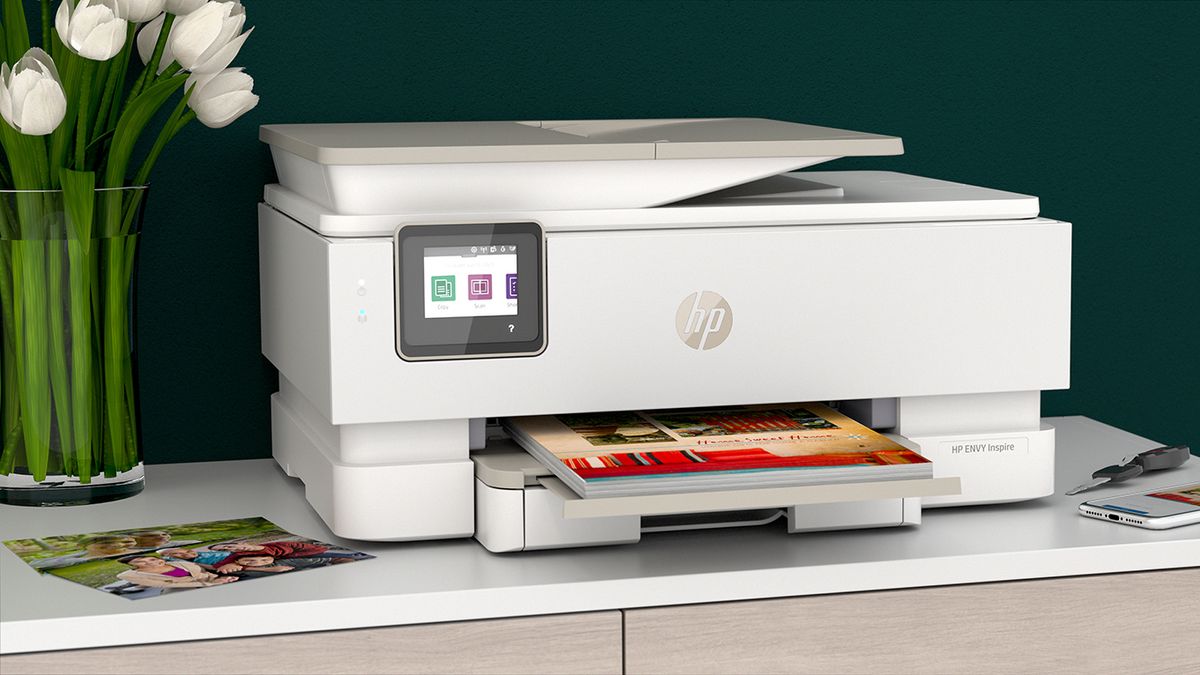
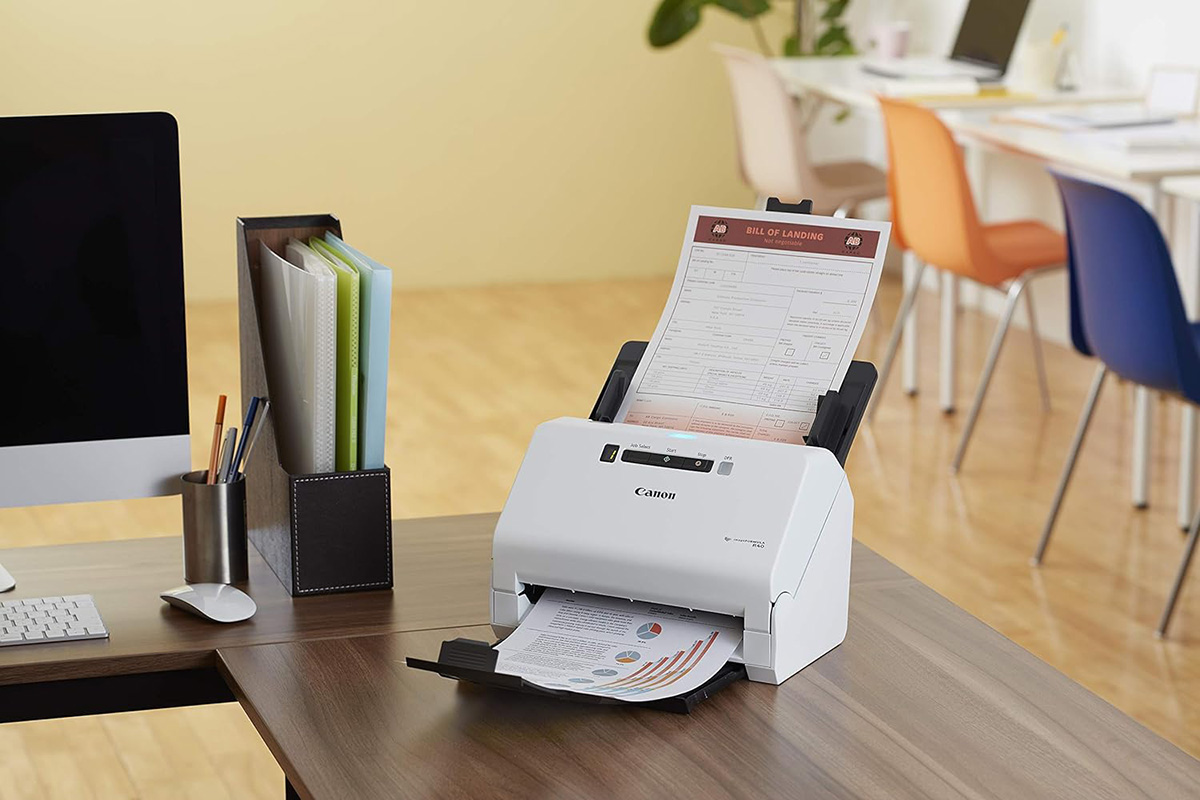
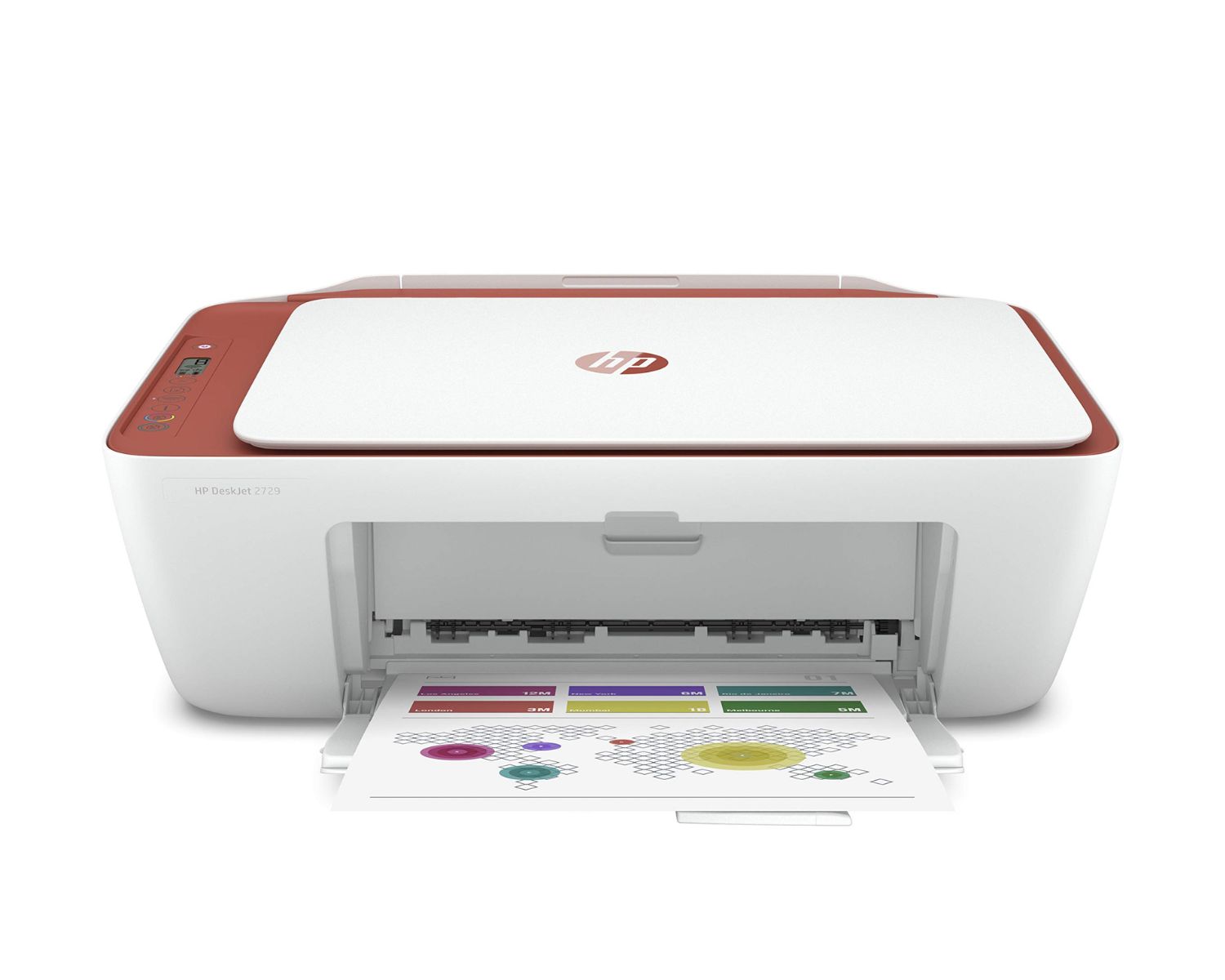
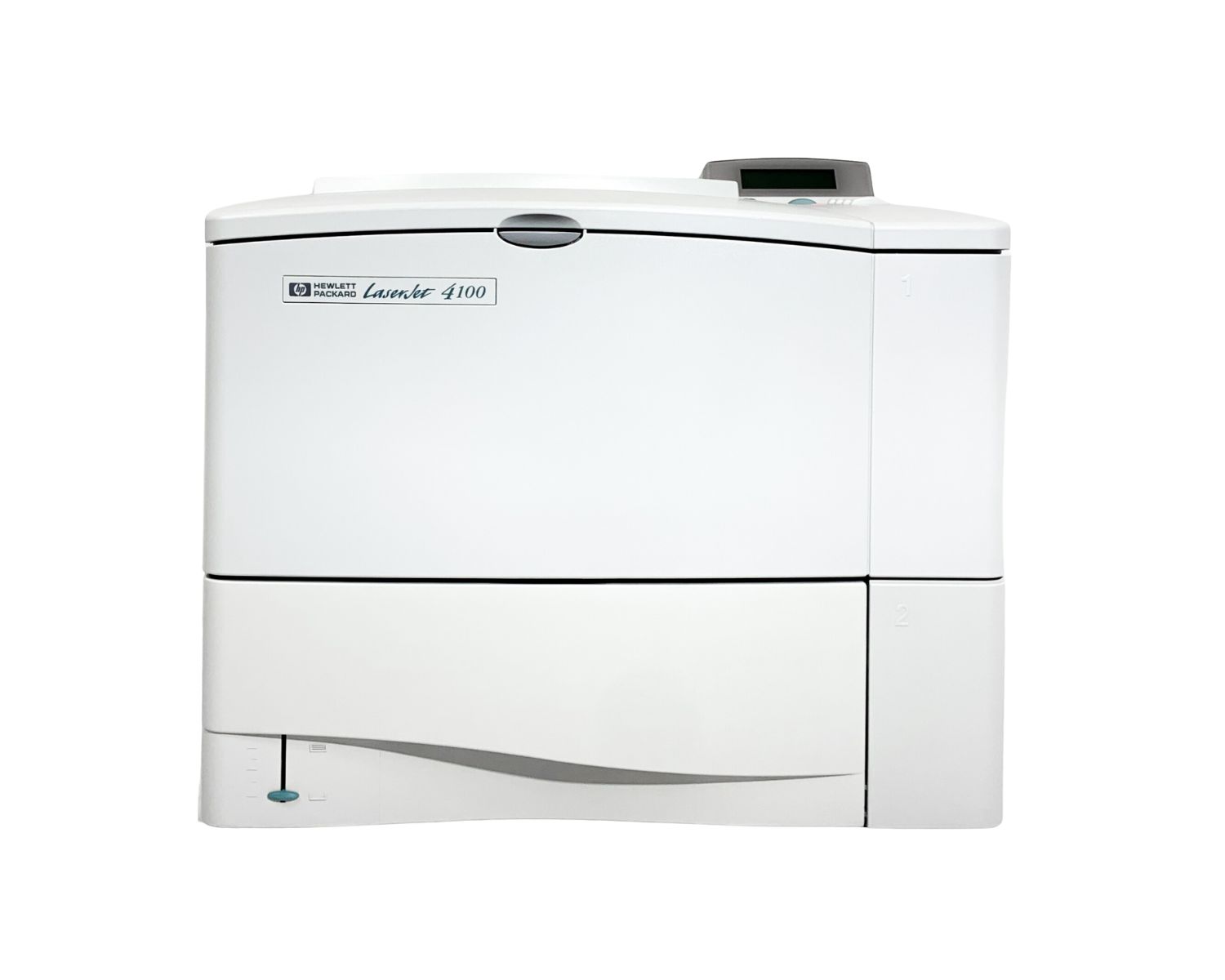
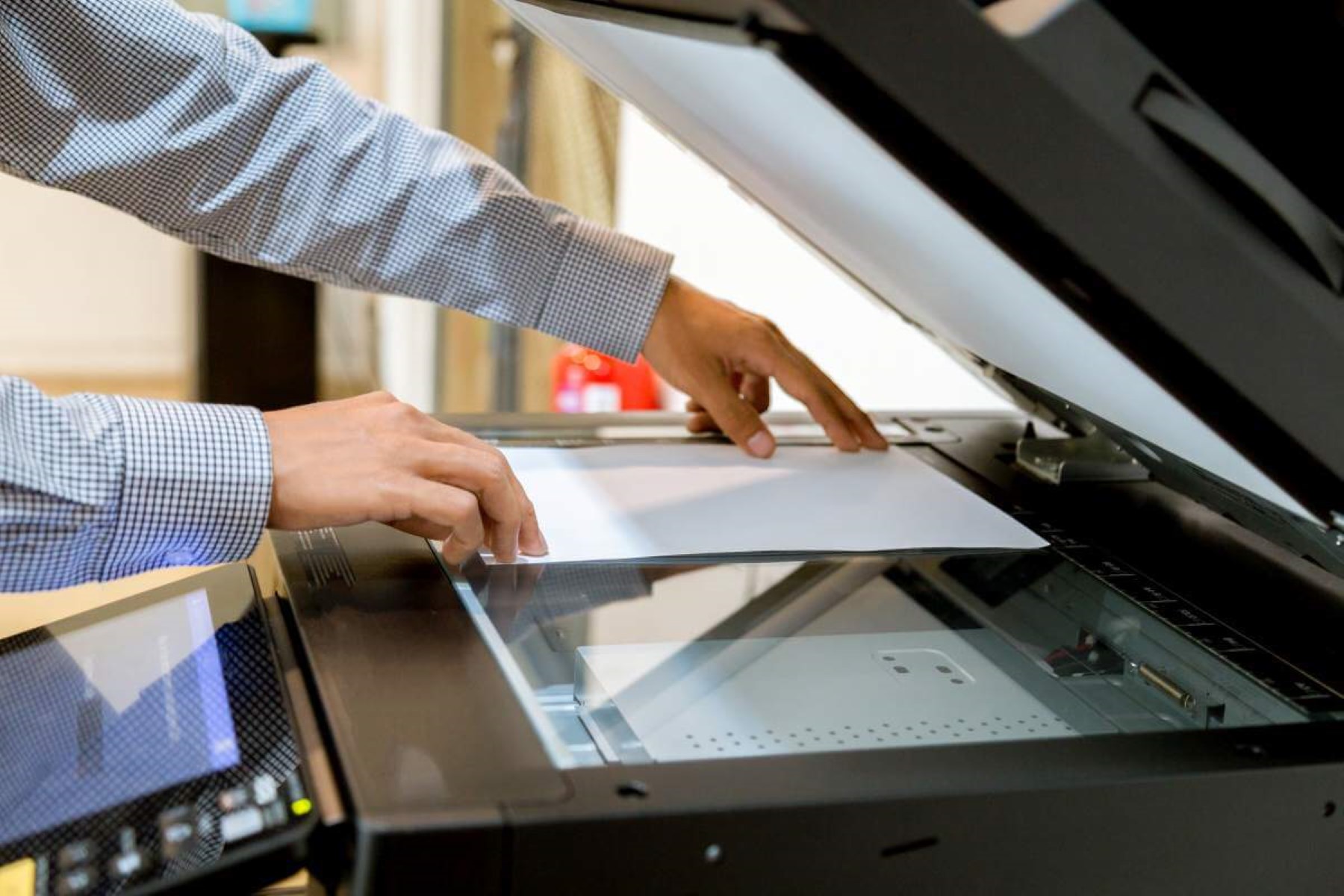
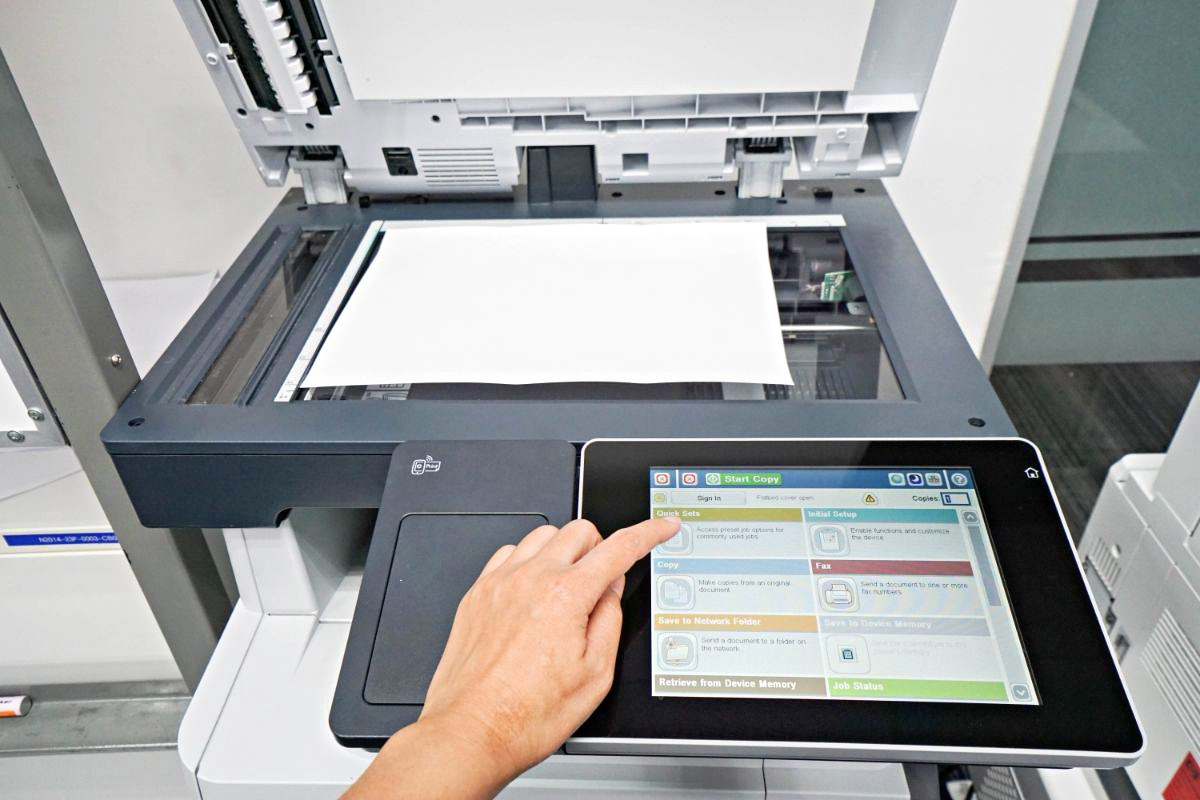

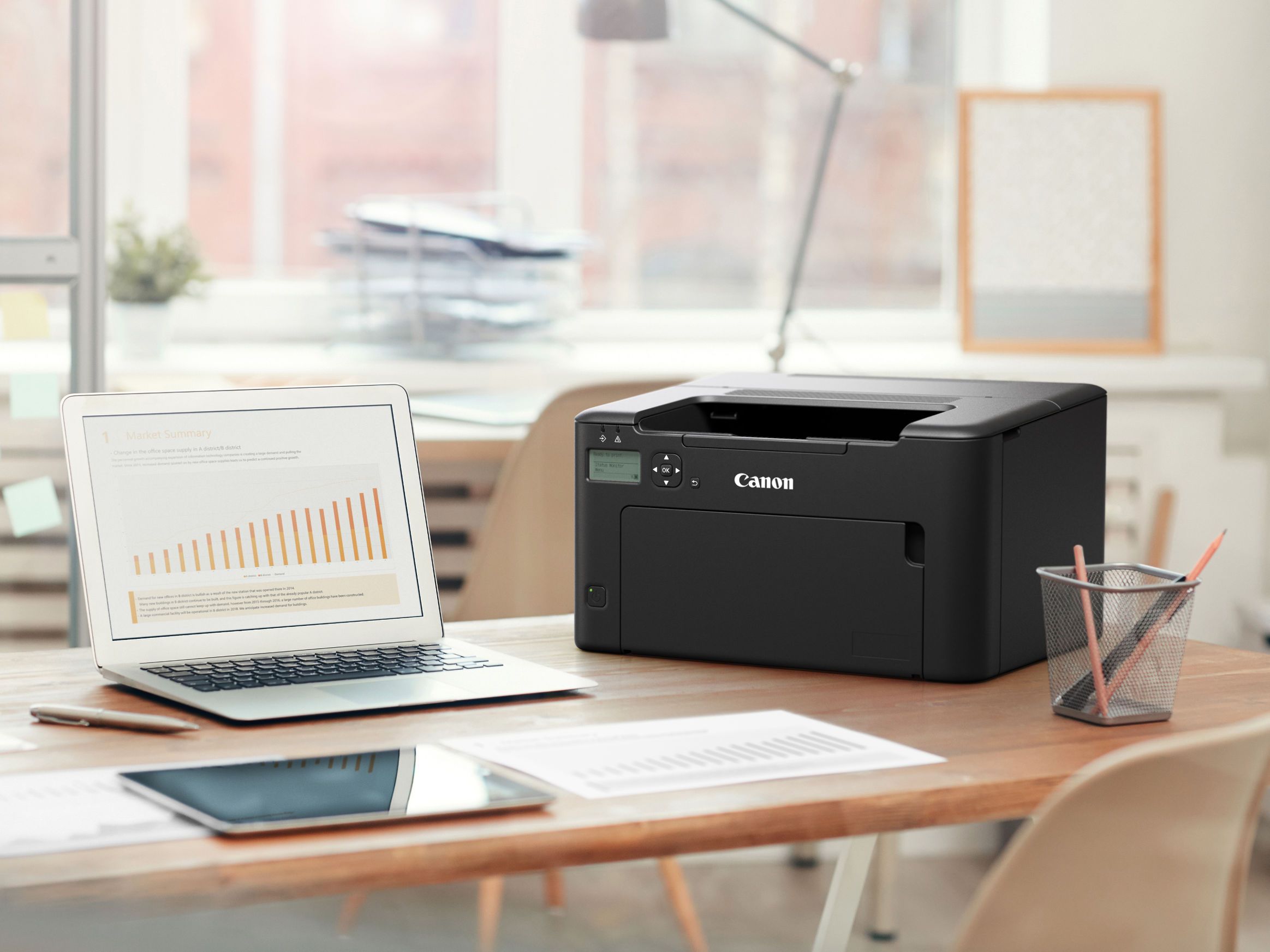
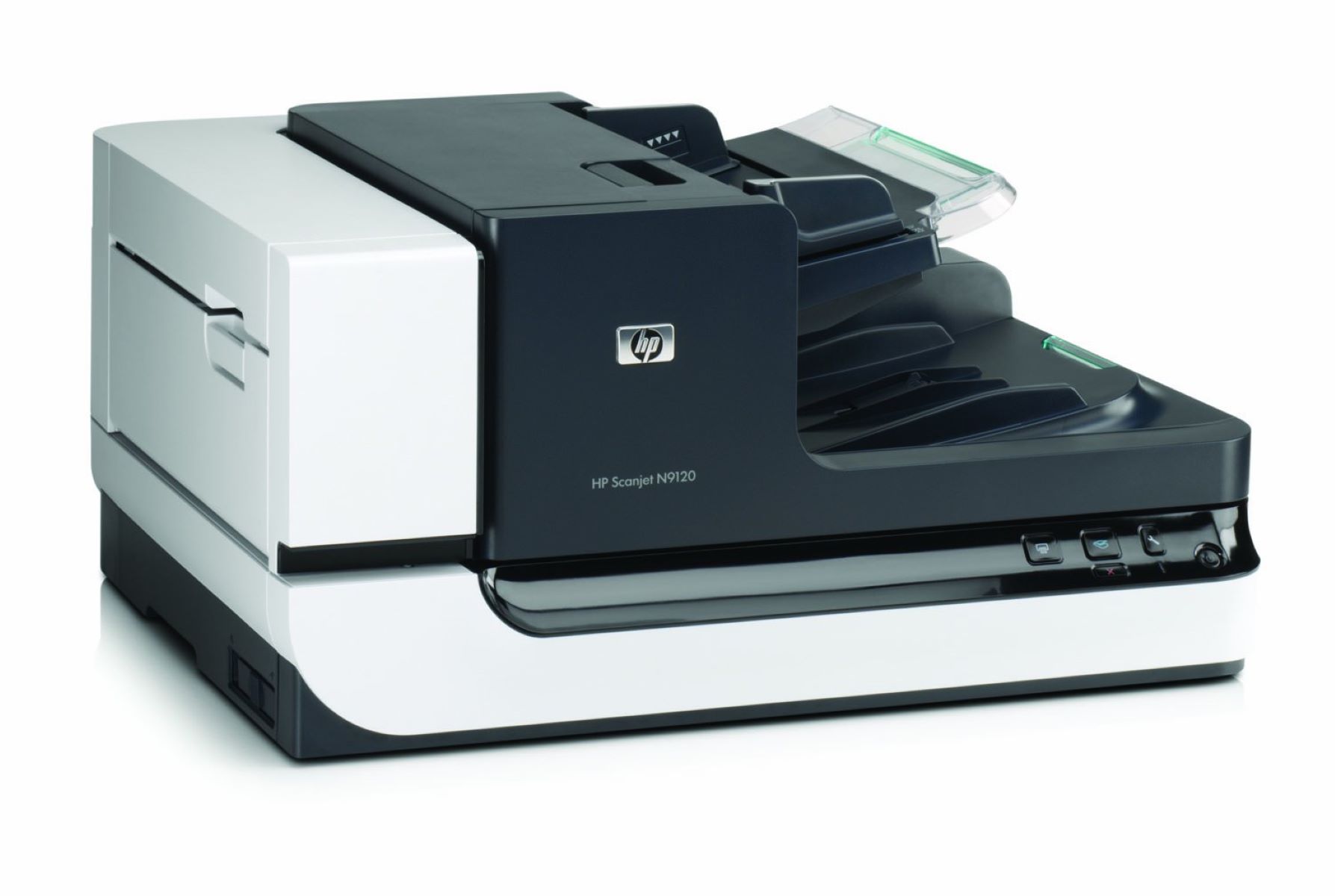

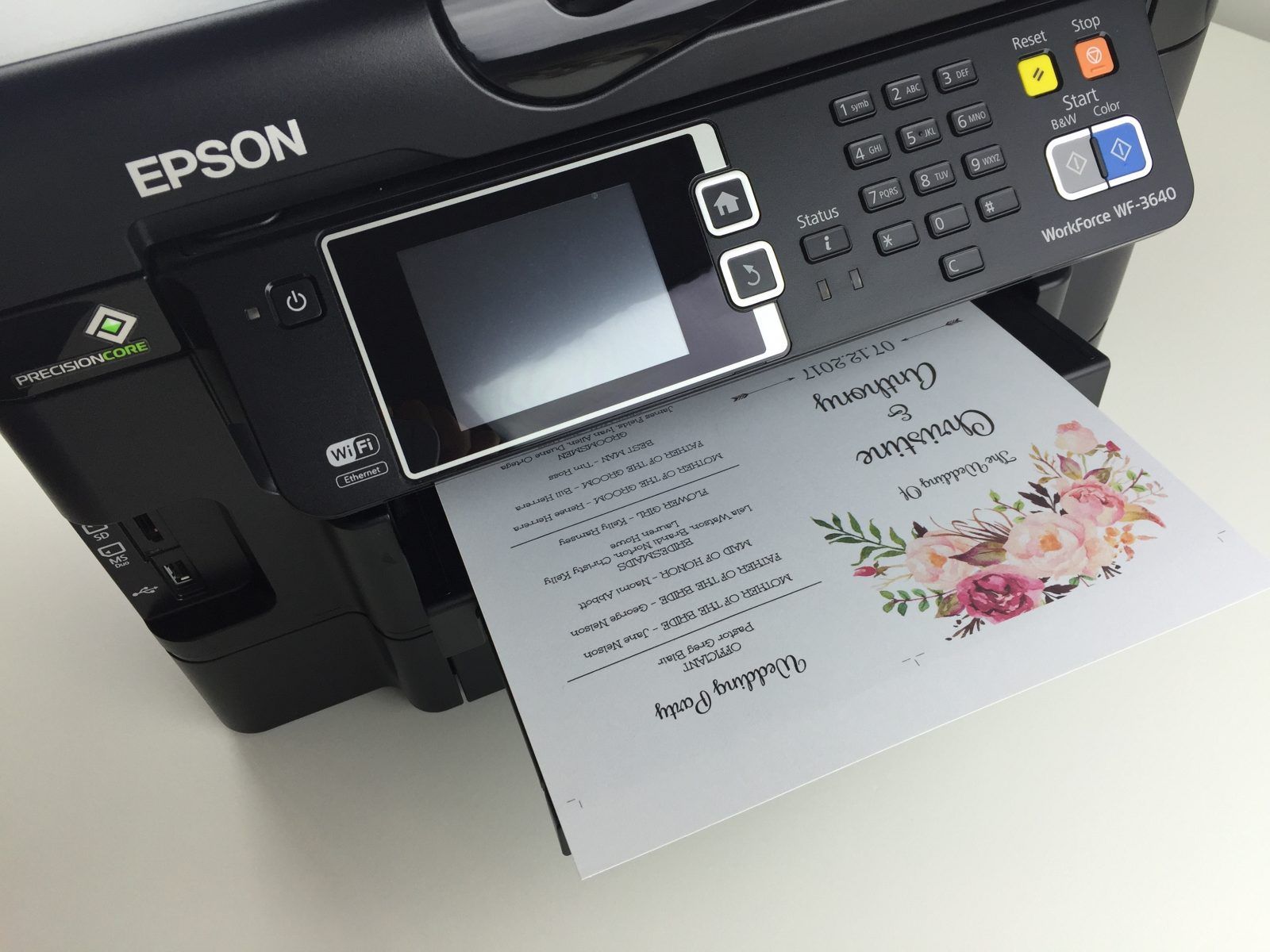
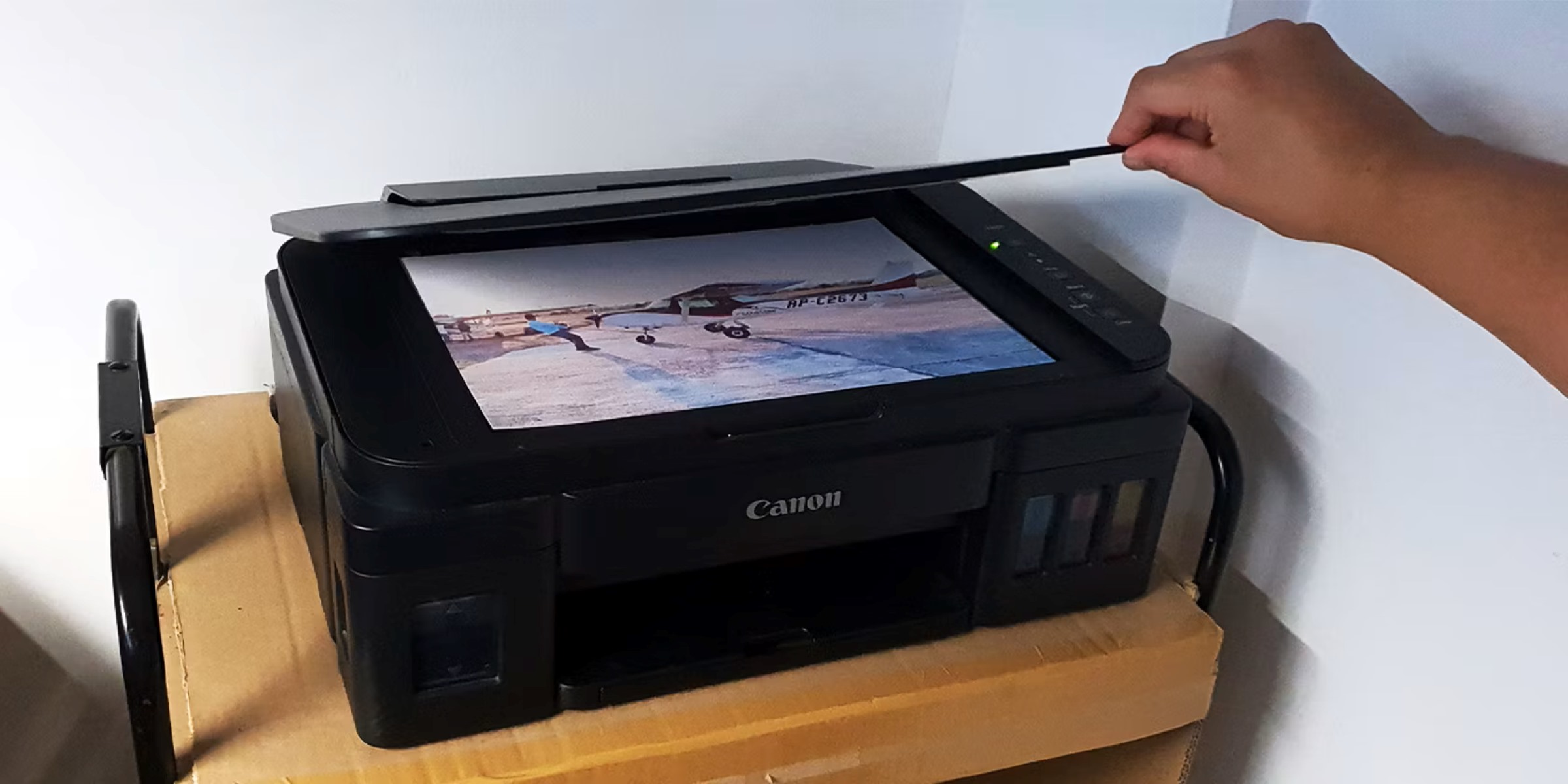


0 thoughts on “What Is Scanning On A Printer”